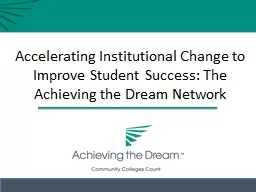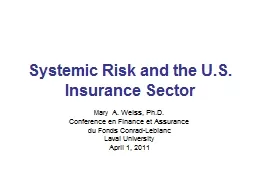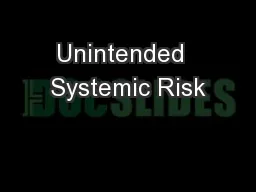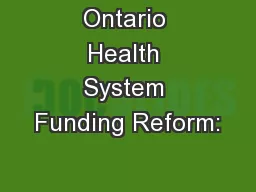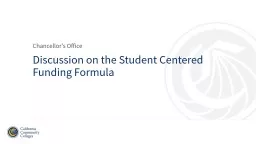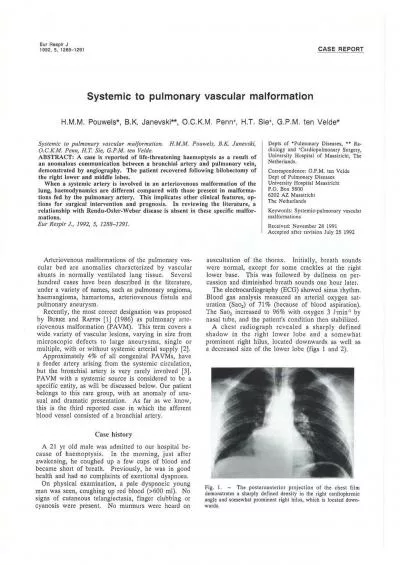PPT-Systemic Change NOW: Performance Funding and Student Succes
Author : briana-ranney | Published Date : 2016-04-28
September 14 2011 President John D Haeger Accomplishments FY 2011 Record enrollments 25 growth in FTE since fall 2008 Four Forest Restoration Initiative agreement
Presentation Embed Code
Download Presentation
Download Presentation The PPT/PDF document "Systemic Change NOW: Performance Funding..." is the property of its rightful owner. Permission is granted to download and print the materials on this website for personal, non-commercial use only, and to display it on your personal computer provided you do not modify the materials and that you retain all copyright notices contained in the materials. By downloading content from our website, you accept the terms of this agreement.
Systemic Change NOW: Performance Funding and Student Succes: Transcript
Download Rules Of Document
"Systemic Change NOW: Performance Funding and Student Succes"The content belongs to its owner. You may download and print it for personal use, without modification, and keep all copyright notices. By downloading, you agree to these terms.
Related Documents


